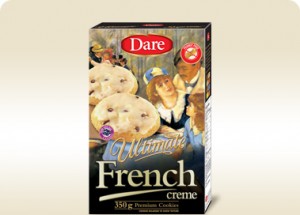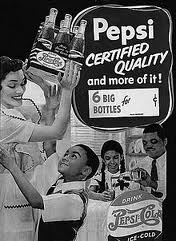“…ISN’T IT WONDERFUL? SEE WHAT I MEAN, HOW NOTHING BAD COULD  HAPPEN TO YOU IN A PLACE LIKE THIS?” —from BREAKFAST AT TIFFANY’S.
HAPPEN TO YOU IN A PLACE LIKE THIS?” —from BREAKFAST AT TIFFANY’S.
Tiffany & Company is an international jewelry store and designer, based in America. The advertisement the use in North America and Asia compare significantly different. The top differences I have are: i. Asian Ads tend to indicate the company’s established year in attractive bold letterings. ii. Asian Ads tend to Always indicate the company name ‘Tiffany’s & Co.’ in big bolded letters. iii. Asian Ads are very crowded.
The simplicity and spacious blue Tiffany Ads with minimal words in North America compares drastically with Asian ones which are crowded with words. The company used different kinds Ads in different parts of the world probably because of the marketing frame, to wit, studies behind ‘Assessing Global Markets’, more of a Sociocultural difference. In North American, everybody knows Tiffany’s; it’s even been symbolized in a lot of things, such as the movie Breakfast at Tiffany’s. Tiffany’s is almost blended in the social culture, not to mention its iconic blue and ribbon box. However, in Asia, not all people are aware of the value, status, and quality a Tiffany’s hallmark represents, because it’s new, foreign and  not yet a cultural norm. It thus has become important for the name ‘Tiffany’s’ to appear on their marketing Ads as a way to build consumers’ association between Tiffany’s & Co. with their blue backgrounds and with its value. Emphasizing on their established year is another way the company is trying to associate prestige to their product.
not yet a cultural norm. It thus has become important for the name ‘Tiffany’s’ to appear on their marketing Ads as a way to build consumers’ association between Tiffany’s & Co. with their blue backgrounds and with its value. Emphasizing on their established year is another way the company is trying to associate prestige to their product.
So, the reason why Tiffany’s & Co. along with many other multinational company advertise different has a lot to do with assessing the foreign country’s consumers and culture, which is part of the Country Market Assessment (pg. 135).









